Does your phone lose power very quickly after charging? Don’t guess, this article is the ultimate solution to your bad battery problem. From the key characteristics of identifying a bad battery to safe handling and how to prevent it, all the key information is here.
Table of Contents
ToggleWhat are the signs of a bad battery
This section will list the common symptoms of a bad battery in detail, mainly covering the following four aspects:
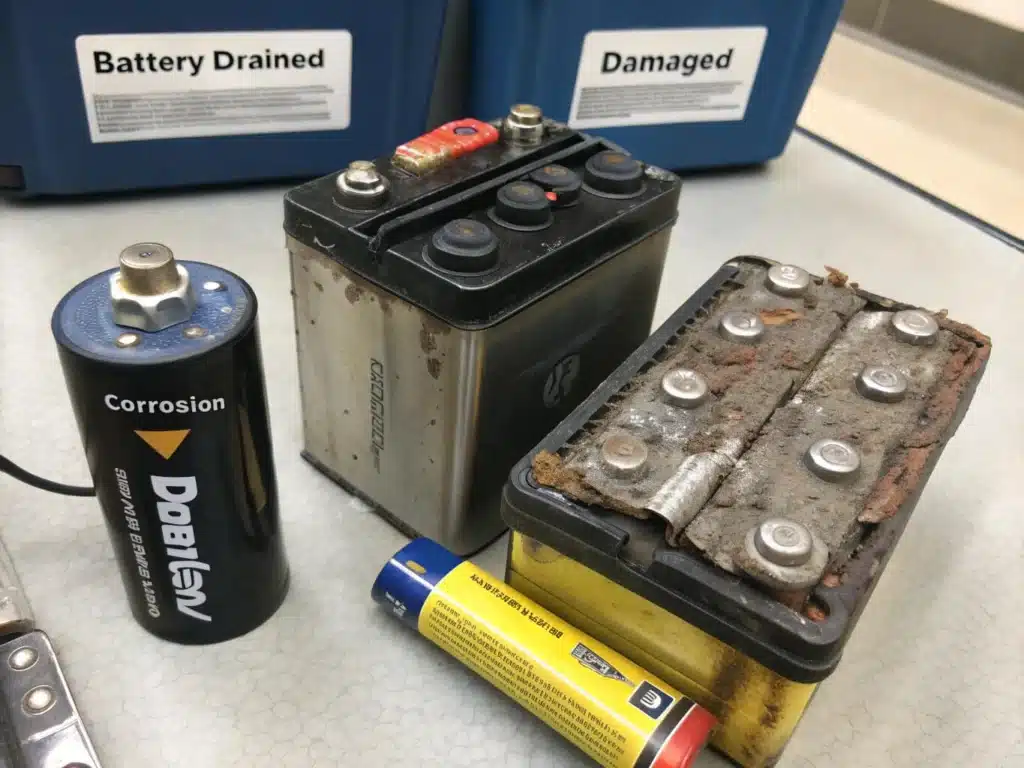
Performance is significantly degraded: abnormal charging, such as slow charging, inability to fully charge, etc. Inaccurate power display or sudden drop, and unexpected device shutdown.
The battery appearance is abnormal: leakage, bulging, expansion, shell damage, deformation, etc., and even corrosion and rust are found on the metal contacts.
Abnormal fever: Different from normal temperature rise, it is excessive fever (hot to the touch).
Hard to smell: Some batteries may emit a distinctive chemical smell when they are damaged.
What causes a battery to go bad
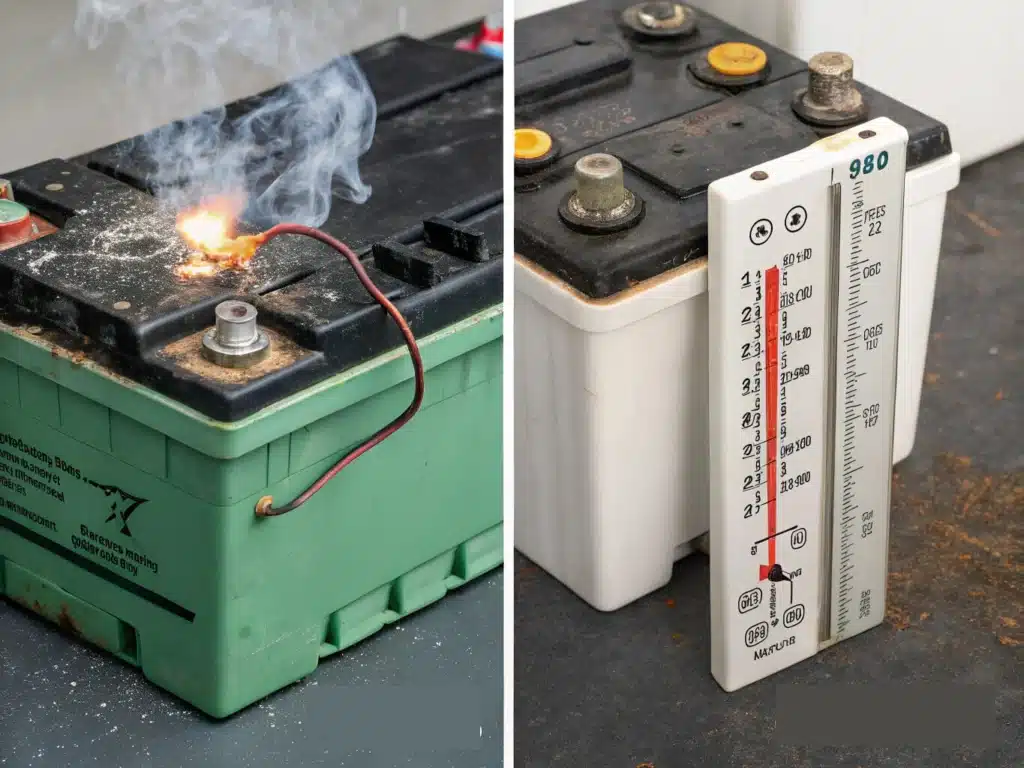
All rechargeable batteries have internal chemical substances that decay naturally over time. After a certain number of charge and discharge cycles, the battery performance begins to weaken. This is normal aging. The following are some common causes of battery damage.
Improper use. Long-term overcharging, over-discharging, and extreme temperatures can cause serious damage to the battery, which is closely related to daily usage habits.
Physical damage. External factors such as falling, impact, squeezing, puncture, etc. may damage the internal structure of the battery.
Charging problem: Using an incompatible or inferior charger may result in unstable voltage and risk of damaging the battery.
Manufacturing defects: When lithium batteries are produced in the workshop, impurities or dust enter the batteries, which may cause micro short circuits.
Risks and safety tips for bad batteries
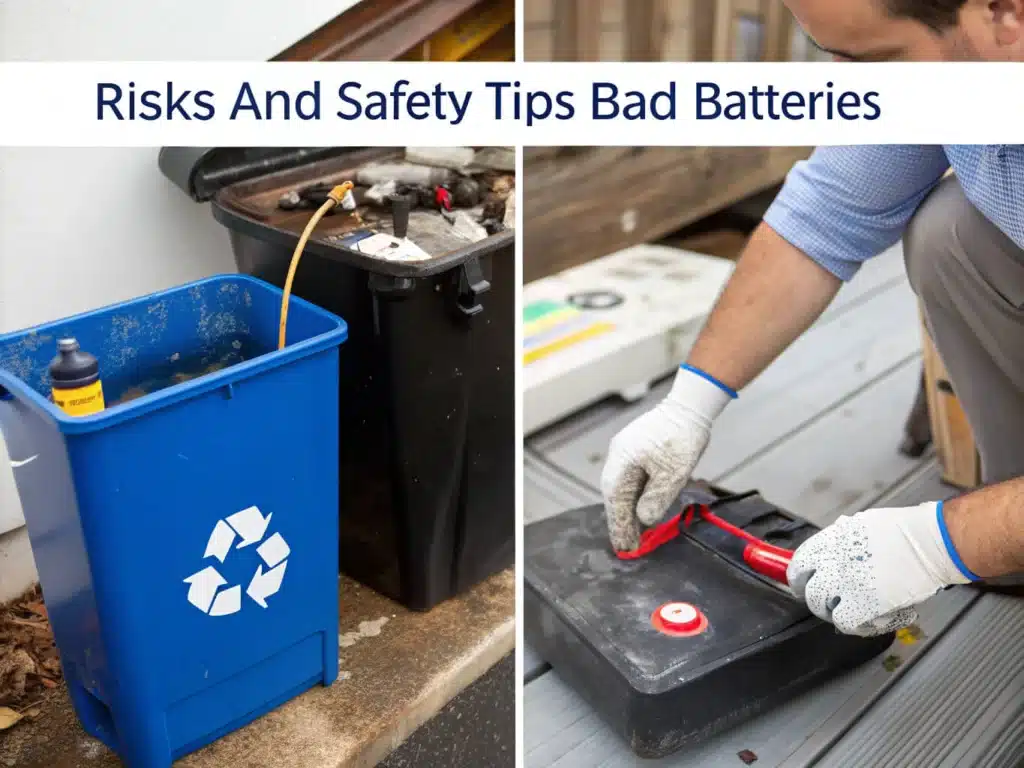
The batteries in our daily mobile phones and power banks may catch fire and explode. Liquid leaking from the batteries may corrode the skin, irritate the eyes, and damage device components. A bad battery may also output unstable voltage, burning your phone or device.
It is strictly forbidden to continue using any battery with obvious physical damage (such as bulging, leakage, breakage, deformation).
Do not attempt to puncture, disassemble, bend, incinerate or repair the lithium battery yourself.
It is prohibited to mix discarded batteries (especially lithium batteries) with ordinary household garbage or throw them into fire.
Do not charge a battery that is swollen, leaking, or otherwise damaged.
Avoid mixing old and new batteries, different brands, or different chemistry types.
Under the premise of ensuring your own safety, it is best to wear gloves and carefully remove the battery from the device. Store it in a non-flammable container, such as a metal can, away from children, pets and flammable items. Contact and follow local battery recycling regulations as soon as possible, and send the discarded battery to a designated recycling point for disposal.
How to safely dispose of and recycle bad batteries
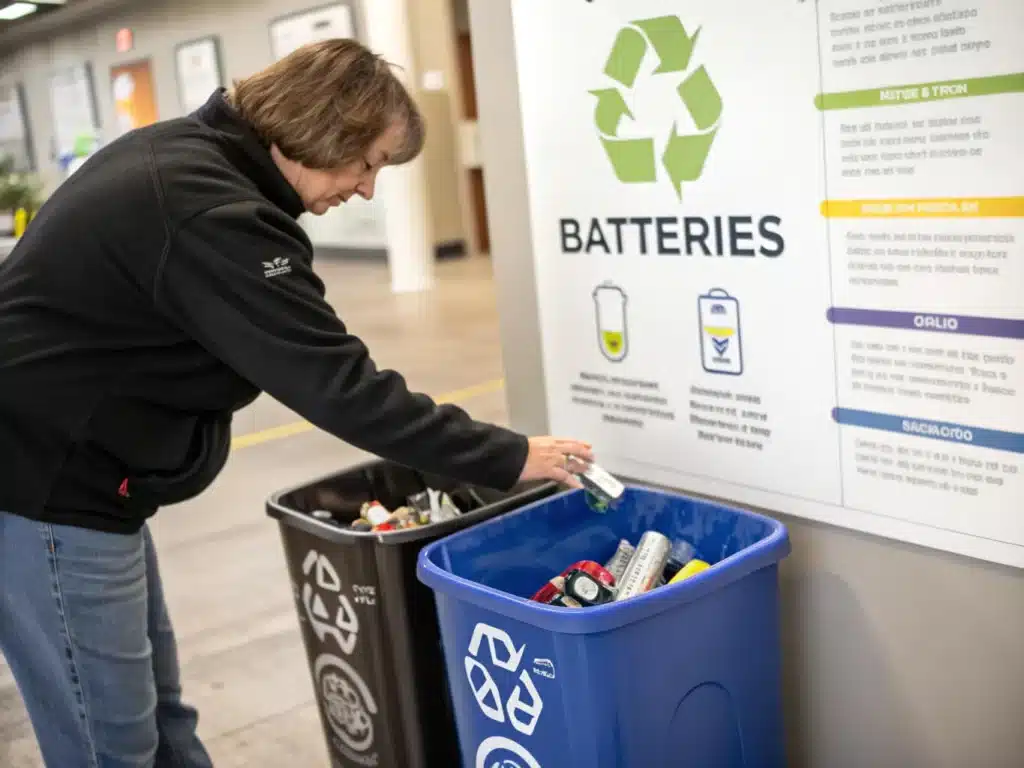
Used batteries (especially rechargeable batteries containing hazardous substances) mixed with ordinary household garbage will cause environmental pollution and safety hazards. After the leakage of heavy metals (such as mercury, cadmium, lead) and electrolytes in the batteries, they will cause long-term pollution to the soil and water and potential harm to the ecosystem. During the collection, transportation, compression or treatment of garbage, lithium batteries may be damaged and short-circuit, heat up or even cause fire, and even pose a threat to personal safety.
This requires us to recycle bad batteries in a reasonable and scientific manner and identify battery types (such as alkaline batteries, lithium-ion batteries, nickel-metal hydride batteries, button batteries, etc.). Different types of batteries may have different recycling requirements and channels.
Find compliant recycling points and government-designated hazardous waste recycling centers.
Look out for large supermarkets and electronics retailers (such as Best Buy), which usually have battery recycling bins.
Search online for nearby recycling sites using a professional battery recycling program website or app, such as Call2Recycle.
Before sending a bad battery, it is best to seal the positive and negative contacts of the battery with insulating tape (such as transparent tape) to prevent accidental contact during transportation and cause a short circuit.
How to prevent premature battery failure
By adopting some simple good habits, you can significantly extend the effective life of your battery and reduce your risk of encountering the problems mentioned above. Here are some actionable suggestions.
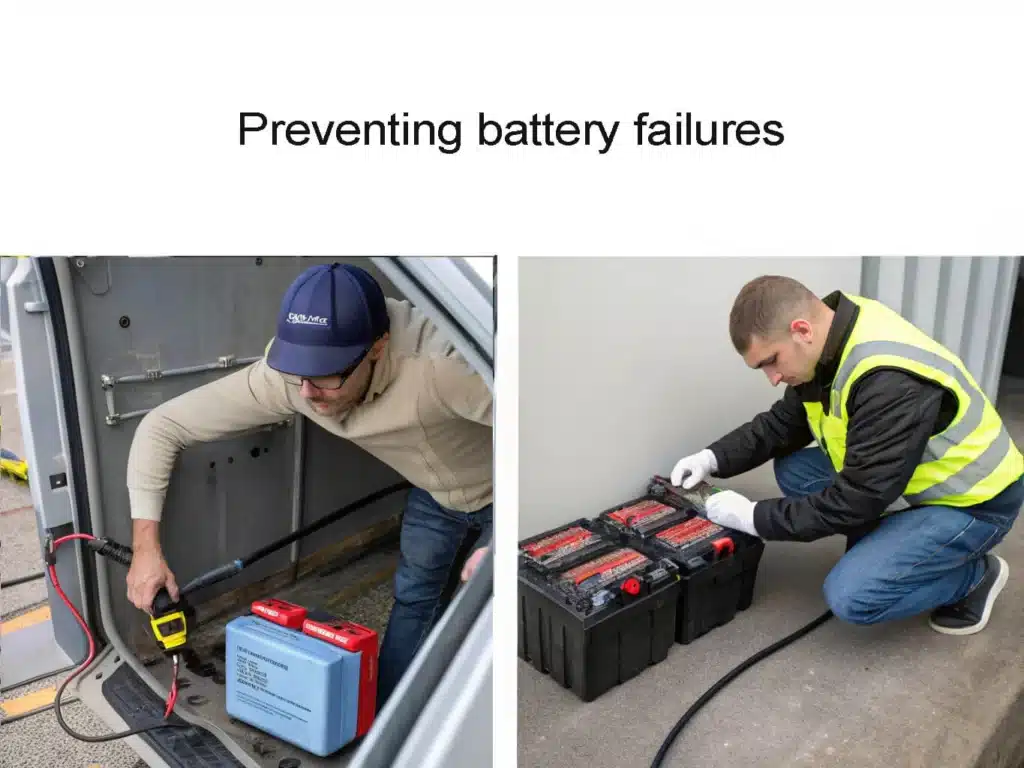
- We recommend using an original charger or a certified, reputable third-party brand. Try to charge and discharge the battery shallowly, and do not charge it to 100% each time.
- Do not operate or charge in extreme temperatures, and avoid exposing the device to sunlight or extreme cold for long periods of time.
- Also avoid falling and impact to reduce physical damage.
- For long-term storage, it is recommended to charge the battery to around 40%-60%.
- It is recommended that you choose well-known and reliable brands, such as Hongyitai, when purchasing equipment or replacing batteries.
Conclusion
In summary, it is important to identify the early signs of battery failure in a timely manner, because damaged batteries do pose real risks such as environmental pollution and safety hazards. Proper safe disposal and recycling are essential. At the same time, developing good charging and usage habits is the best way to effectively prevent premature battery damage and extend its life.
